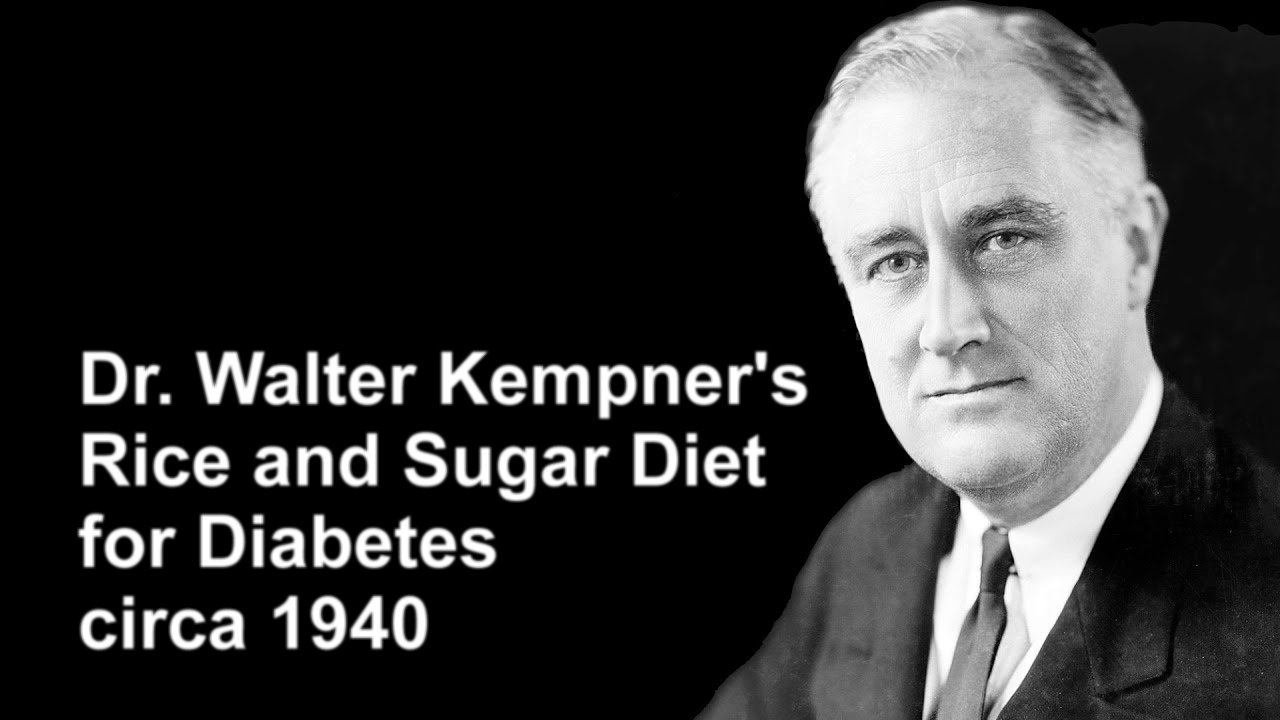I do a cleanse regularly (once a year) for three weeks. This year, I took the Wayne Rowland Clean Me Up Program Challenge. This is no haphazard undertaking. The challenge is a 3-month full-body parasite cleanse. Granted, some people do the challenge for a month and report life-changing results. I consulted with my doctor of natural nutrition and Olympian life coach to make sure I achieved the maximum life-change benefit from freeing my physical body from all parasites and pathogens over the three-month period when I would also schedule other life-changing lifestyle adjustments.
Over the course of the three months, I would initiate life changes to emerge with a crystal-clean body fueled by only the best foods that I could provide on and into the future. This would mean that not only would I have cleaned my system of all parasites, bad bacteria, viruses, fungi, and molds, but I would at the end of the three months I will have converted to veganism, after being an avid lifelong carnivore.
I don’t know if anyone would desire to undertake such a drastic life change, but I share my complete program, just in case anyone might like to undertake such a personal transformation.
What You Need to Start
To start off, you will need a one-month supply of Wayne Rowland’s Clean Me Up Program. Which includes the following:
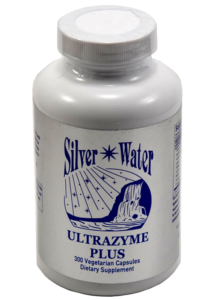
- ULTRAZYME PLUS: 1 BOTTLE $66.00
Ultrazyme Plus, a crucial component of the “CLEAN ME UP” Program, plays a pivotal role in de-worming the blood and tissues. This potent formula combines enzymes and colloidal minerals to support the body’s efforts to eliminate parasites effectively.
Enzymes are the catalyst that makes it all work. Wayne’s all-natural vegetable-based enzymes are blended with ionically charged colloidal minerals for optimal effect! You can eat right and supplement with vitamins.
Add 3 Ultrazyme Plus capsules to your a.m. shake, eliminating the need to open and sprinkle them. As a supplement to your meals, take 3 Ultrazyme Plus capsules at the start of each meal, adhering to the recommended adult dosage on the bottle.
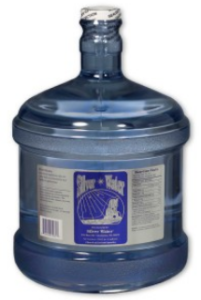
- SILVER WATER: 1 – 256 fl. Oz [2-gal jugs ]$150.00 (Free Shipping in the USA)
Silver Water has garnered a reputation for its ability to combat a wide range of harmful microorganisms, including bacteria, viruses, and amoebas commonly found in the feces of parasites residing in the bloodstream and bowel.
Each ounce of Wayne’s Silver Water has over 9 billion electrically charged, anti-microbial particles. Each particle is less than 0.002 microns in size, made of 99.999% pure silver, and is permanently bound to the unique B-flat frequency-enhanced structure of pure de-ionized water. Wayne’s Silverwater has been known to kill bacteria, viruses, and fungi.
Take 8 to 10 ounces per day for the first 30 days (8 if you are using 2 ounces in your a.m. smoothie, 10m otherwise). Reduce to 4 oz. per day for months two and three. So, for three months, you will only need 4 gallons (2 two-gallon jugs), but most people get three jugs and continue to take 4 oz. servings over the following months after the cleanse.
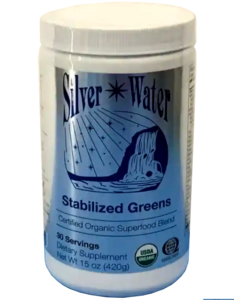
- SILVER WATER GREENS 15 OZ.. CONTAINER @ $66.00
Complementing this cleansing process are Wayne’s Silver Water Greens, a phytofood rich in nutrients and prebiotic fibers.
The value of green foods in our daily diet has firmly been established. This organic mix of more than 100 different green foods helps to nitrify the body, blood, and organ tissue. Take two heaping tablespoons of it daily helping to normalize PH.
2 heaping tablespoons (1/2 ounce) per day (in breakfast shake).
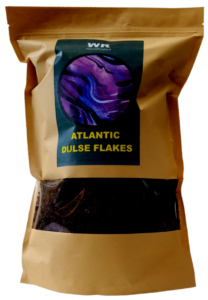
- WR DULSE SEAWEED: 1 – 1 LB CONTAINER – $63.00
Dulse is a seaweed known for its blood and tissue-rebuilding properties, as well as its cognitive benefits.
One teaspoon of dulse (ground) per day. I developed a taste for the flavor of this seaweed and often exceeded the recommended one ounce per day.

- LUGOL’S IODINE: 1 – 2 oz bottle of Lugol`s 5% Iodine solution = $20.00 (this is like a 2-years supply).
TOTAL COST OF 30-day “CLEAN ME UP” KIT———– May depend on shipping it to your address,
One bottle of Lugol’s iodine will cover all three months of the program, as you will only be taking two drops in 3 ounces of water to start each day.
The role of iodine in human nutrition and disease prevention is well established.
Additional Items not included in the Clean Me Up Kit.
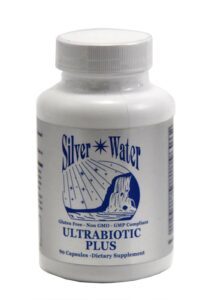
- Add ULTRABIOTIC PLUS: With 12 strains of powerful probiotics amounting to a strength of five billion CFU per gram. Wayne’s Ultrabiotic Pluswill restore all the necessary bacteria needed to help the intestinal tract for optimal function. Certain strains of bacteria are essential in our intestines to break down food and protect against thriving harmful bacteria and pathogens found in the gut and GI tract.
Take 3 per day.

- Add: BIO-DYNA ZYME PLUS
Wayne’s Bio-DynaZyme alters the intestinal environment so that the negative, non-beneficial anaerobic bacteria are killed, yet at the same time, it strengthens the good, beneficial aerobic bacteria. There is no need for fasting as the capsules are taken with meals. One each with your choice of two daily meals.
On the 3rd and 4th night of each month, incorporate Bio-Dynazyme capsules (6-8 capsules) into your routine for added support.
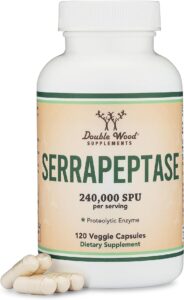
- Add: SERRAPEPTASE
Serrapeptase has been known to clean the blood and reduce inflammation.
Serrapeptase, known as a remarkable enzyme, has found applications in various medical fields, including general surgery, orthopedics, dentistry, and gynecology, among others. Its recognized analgesic and anti-inflammatory properties make it a valuable asset in these practices and procedures.
This potent enzyme has proven effective in combating inflammation, and its ability to clear biofilm and mucus is well-regarded in numerous ways. Its reputation for effectively reducing inflammation is highly regarded within the medical community.
Take two capsules or add to your shake daily (see instructions above).
I used this Daily Wood Serrapeptase 2400 2 capsules each day in the a.m. includes 120 capsules, which is two months supply, so you will need two bottles. That will leave you with another month’s supply after your three-month challenge. Keep taking them every day, as well as any other products that are left over following the challenge until they are gone.

- Add: DEWORMER
Vermox AKA Mebendazole or Emverm, is a dependable dewormer. Alternatively, Albendazole is more prevalent due to its wide-range deworming capabilities, and Ivermectin is also gaining popularity among Clean Me Up users.
A little research will come in handy, availing these products as they are available.

I used Zimecterin Gold in the first week of the first month because it addresses all the parasites that Ivermectin tackles, plus has Praziquantel added to go after the dreaded tapeworms. For the second month, I used Pyrantel Paste, and then, for the third month, a round of Ivermectin.

These deworming pastes are formulated to treat large horses in one dose, so I divided the contents into seven separate daily doses taken in the first week of the month of the clean-up challenge. (It works over the next three weeks after taking it.)
Only one of these is required for the second month, but some people have also added the dewormer to the first and third months as well (like me). So, why did I switch up the dewormers? Because that’s what veterinarians do with horses. By changing the types of dewormers (Zimecterin and Ivermectin are the same (Macrocyclic lactones), and Pyrantel (Pyrimidines) are different. Another category includes Benzimidazoles (brand names usually end in “zole”). Veterinarians usually alternate these three types to cut down on the chance of superbugs developing from using the same dewormer type over and over again (like, that’s the last thing that I want, so I follow their lead).
The Clean Me Up Program can be run over one to three months, depending on one’s needs and results.
With breakfast, lunch, and dinner, have three enzymes and one probiotic each meal. Avoid all sugar and alcohol.
Eat as clean as possible using organic food. No processed food or junk food. Drink at least eight glasses of water per day. So simple.
This will help cleanse the body of bacteria, fungi, and some parasites and also help restore the pH and the digestive system for stronger immunity.
You should feel much more energy and mental clarity using this cleanse. This cleanse is simple and designed to use for 30 to 90 days optimally. But even two weeks will go a long way.
Here is a list of Fruits and vegetables that are OK to purchase non-organic.
| Pumpkin and squash |
pineapple |
beets |
| cabbage |
mushrooms |
turnips |
| onion |
cauliflower |
mango |
| peas |
kiwi |
asparagus |
| Eggplant |
avocado |
grapefruit |
| Broccoli |
cantaloupe |
sweet potato |
Continue using the water and other products that are leftover because the system continues to kill pathogens over the next month, and consider doing your own research on the importance of balanced PH and digestive health. Those two issues alone go a long way to amazing health.
Before Wayne Rowland’s Cleanse Challenge
Preparing for the cleanse, I completed three weeks of purified water treatment using the NACS chlorine dioxide water treatment. This is a two-part kit, where you mix equal drops of Part 1 and Part 2 together, swirl them in a glass, and allow them to activate for 30 seconds, then add 4 or more ounces of the best water you can find (I used distilled water. The more pure the water is, the more purification is available to your body). Chug this once an hour for eight hours (I did it every waking hour). I got this idea from Paris Humble, and my nutritional doctor agreed that the idea was sound.

As an added note about the water purifier, just as a precautionary step taken before and after integrating with society (going out in public), I would (and still do) take five activated drops in a glass of water before leaving the house and another five drops in water upon returning home. Doing so helped me feel more confident about going out in public at a time when you never know what you might be exposed to. I continued to do so throughout the clean-me-up challenge and transformation.

Also, during these three weeks of preparation, I eliminated all Canola oil, high fructose corn syrup, wheat, and aspartame from my diet. More modifications would be made during the cleanse to complete the transformation over the three-month period. These four things are no longer a part of my lifestyle.
The following ”CLEAN ME UP PROGRAM” has proven to be the best protocol for cleansing and removing parasites from the blood and bowel:
| 1) Take 2 drops of Lugol`s Iodine in 3 oz of regular water – first thing in the morning. You have to be able to eat shellfish (ie not be iodine allergic!)
2) After 15 – 20 min put 2 oz of Silver Water into a blender.
3) Add 2 heaping tablespoonfuls of Silver Water Stabilized Greens (Phyto Food) to it.
4) Take 5 capsules of Ultrazyme Plus – open them up and sprinkle them into the smoothie.
5) Optional: Add 3 oz Juice
6) 3 Drops Vanilla Extract
7) Add half of a Banana for texture
8) Blend it all up and drink – At your own convenience (just for taste and texture) add any fruit or vegetable juice to it – If you add orange juice you might want to switch out the Silver Water and drink it by itself.
9) Dulse is salty in taste (1 teaspoon per day) – you can add it to the smoothie – or eat it sprinkled over a salad or soup – experiment with it.
10) Take 2 capsules of 1200,000 Serrapeptase or break them open and add them to the mix.
11) To Deworm with Vermox: After 30 days of the Clean Me Up protocol- people have reported great results by taking Vermox AKA Mebendazole or Emverm. |
Additionally, consider adding 2 tablespoons of Chia Seeds and a touch of coconut oil to your a.m. shake.
(courtesy colloidal-silver-water.com)
When to consider another round
Once you’ve completed Wayne Rowland’s Clean Me Up Program, it will continue to work on parasite and pathogen removal for another month and a half as it completes the cleansing process. So, a three-month break between cleanses would be preferred. Most Clean-me-uppers conduct this cleanse once or twice a year.
Best cleanse ever
I am glad to report that this was the most impressive self-health-management thing I’ve ever done on my own, and I am so satisfied that I was able to accomplish this, coming out on the other side as a victorious vegan.
Also, during the cleanse, I gave myself three months to move from carnivore to vegan, but I really didn’t need to. From the first day, I started eating vegan, and I have not put any meat (eggs or dairy) in my mouth since, and I do not miss any of it one bit.
Extremely satisfied and looking forward to a healthier future,
Ian Valdus
Update:
I am often asked:
“Were there any side effects”
and
“Did you notice anything happening?”
Wow, “Yes there were,” and, “I did,” but know that if you have no experience with parasite cleansing and/or detoxification, this will be nothing new to you. If not, you would be best advised to do some research on your own.
That is all I am going to say because it is different for each person.
Disclaimer: This is not an instructional manual of any kind. I am only sharing my experience. ~ Ian.



















